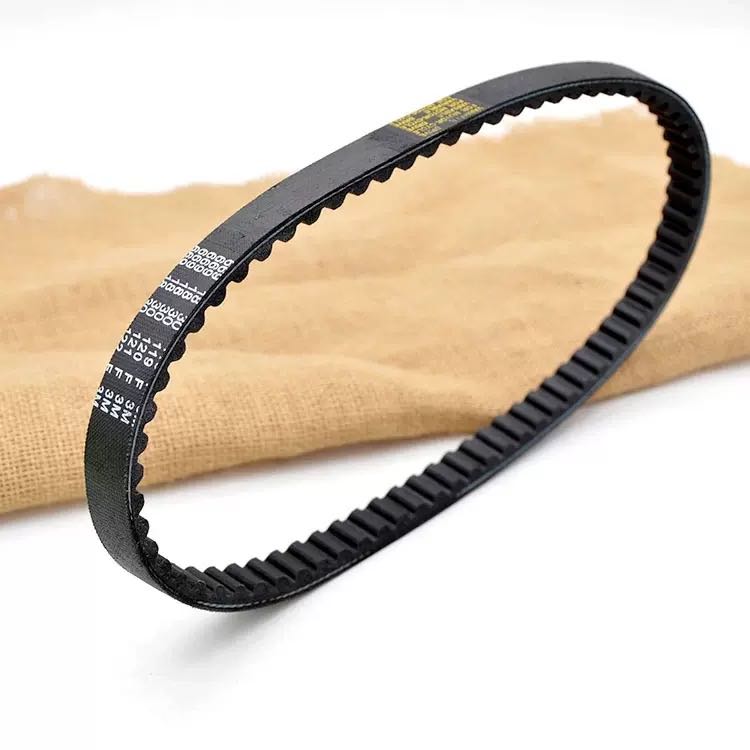- Arabic
- French
- Russian
- Spanish
- Portuguese
- Turkish
- Armenian
- English
- Albanian
- Amharic
- Azerbaijani
- Basque
- Belarusian
- Bengali
- Bosnian
- Bulgarian
- Catalan
- Cebuano
- Corsican
- Croatian
- Czech
- Danish
- Dutch
- Afrikaans
- Esperanto
- Estonian
- Finnish
- Frisian
- Galician
- Georgian
- German
- Greek
- Gujarati
- Haitian Creole
- hausa
- hawaiian
- Hebrew
- Hindi
- Miao
- Hungarian
- Icelandic
- igbo
- Indonesian
- irish
- Italian
- Japanese
- Javanese
- Kannada
- kazakh
- Khmer
- Rwandese
- Korean
- Kurdish
- Kyrgyz
- Lao
- Latin
- Latvian
- Lithuanian
- Luxembourgish
- Macedonian
- Malgashi
- Malay
- Malayalam
- Maltese
- Maori
- Marathi
- Mongolian
- Myanmar
- Nepali
- Norwegian
- Norwegian
- Occitan
- Pashto
- Persian
- Polish
- Punjabi
- Romanian
- Samoan
- Scottish Gaelic
- Serbian
- Sesotho
- Shona
- Sindhi
- Sinhala
- Slovak
- Slovenian
- Somali
- Sundanese
- Swahili
- Swedish
- Tagalog
- Tajik
- Tamil
- Tatar
- Telugu
- Thai
- Turkmen
- Ukrainian
- Urdu
- Uighur
- Uzbek
- Vietnamese
- Welsh
- Bantu
- Yiddish
- Yoruba
- Zulu
డిసెం . 20, 2024 23:01 Back to list
rubber pk belt
The Versatility of Rubber PK Belts A Comprehensive Overview
In the world of industrial machinery and equipment, belts play an essential role in the operation of various systems. Among these, rubber PK belts have gained significant popularity due to their flexibility, durability, and efficiency. PK belts are a type of poly-V belt, characterized by their multiple longitudinal ribs, which provide a larger surface area for better traction and power transmission.
Construction and Features of Rubber PK Belts
Rubber PK belts are primarily made from high-quality rubber compounds, often blended with synthetic materials to enhance performance and longevity. This construction allows them to withstand significant wear and tear, making them suitable for a wide range of applications—from automotive engines to industrial machinery. One of the key features of these belts is their unique ribbed design, which not only offers superior grip but also minimizes slippage.
The design of PK belts allows for greater flexibility compared to traditional flat belts. This flexibility enables them to adapt to various pulley configurations and tight spaces, making them an ideal choice for compact machinery and equipment. Furthermore, their lightweight nature contributes to reduced overall system weight, enhancing operational efficiency.
Applications of Rubber PK Belts
The versatility of rubber PK belts is evident across various industries. In the automotive sector, they are commonly used in serpentine systems, where they power multiple accessories, such as alternators, air conditioning compressors, and power steering pumps. The efficient power distribution provided by PK belts ensures that all components function optimally, contributing to improved vehicle performance and fuel efficiency.
rubber pk belt

In manufacturing and industrial settings, rubber PK belts are utilized in conveyor systems, providing the necessary power to transport materials smoothly and reliably. Their resistance to abrasion and ability to handle heavy loads make them suitable for demanding environments, from food processing plants to assembly lines. Additionally, they find use in woodworking equipment, textile machinery, and even in some agricultural applications, showcasing their widespread adoption.
Maintenance and Longevity
To maximize the lifespan and efficiency of rubber PK belts, regular maintenance is crucial. Common practices include checking for signs of wear, such as fraying or cracking, and ensuring that the tension is adequately adjusted. Over-tensioning or insufficient tension can lead to premature belt failure, highlighting the importance of proper installation and maintenance practices.
Moreover, the use of high-quality rubber PK belts can result in reduced downtime and operational costs. While they may have a higher upfront cost compared to some traditional belts, their enhanced durability and performance often lead to long-term savings. In fact, businesses can benefit from the improved energy efficiency that these belts offer, as they require less power to operate than their flat counterparts.
Conclusion
Rubber PK belts represent an excellent solution for a variety of mechanical systems requiring reliable power transmission. Their robust construction, adaptable design, and wide range of applications make them a preferred choice in many industrial and automotive settings. As industries continue to evolve and demand more efficient and durable components, rubber PK belts will undoubtedly maintain their significance.
In summary, the combination of innovation in material science and the practical applications of rubber PK belts ensures that they remain a vital part of modern machinery and equipment. Whether in a manufacturing plant or under the hood of a vehicle, these belts are a testament to the importance of reliable engineering in enhancing operational efficiency and performance.
-
Korean Auto Parts Timing Belt 24312-37500 For Hyundai/Kia
NewsMar.07,2025
-
7PK2300 90916-T2024 RIBBED BELT POLY V BELT PK BELT
NewsMar.07,2025
-
Chinese Auto Belt Factory 310-2M-22 For BMW/Mercedes-Benz
NewsMar.07,2025
-
Chinese Auto Belt Factory 310-2M-22 For BMW/Mercedes-Benz
NewsMar.07,2025
-
90916-02660 PK Belt 6PK1680 For Toyota
NewsMar.07,2025
-
drive belt serpentine belt
NewsMar.07,2025

